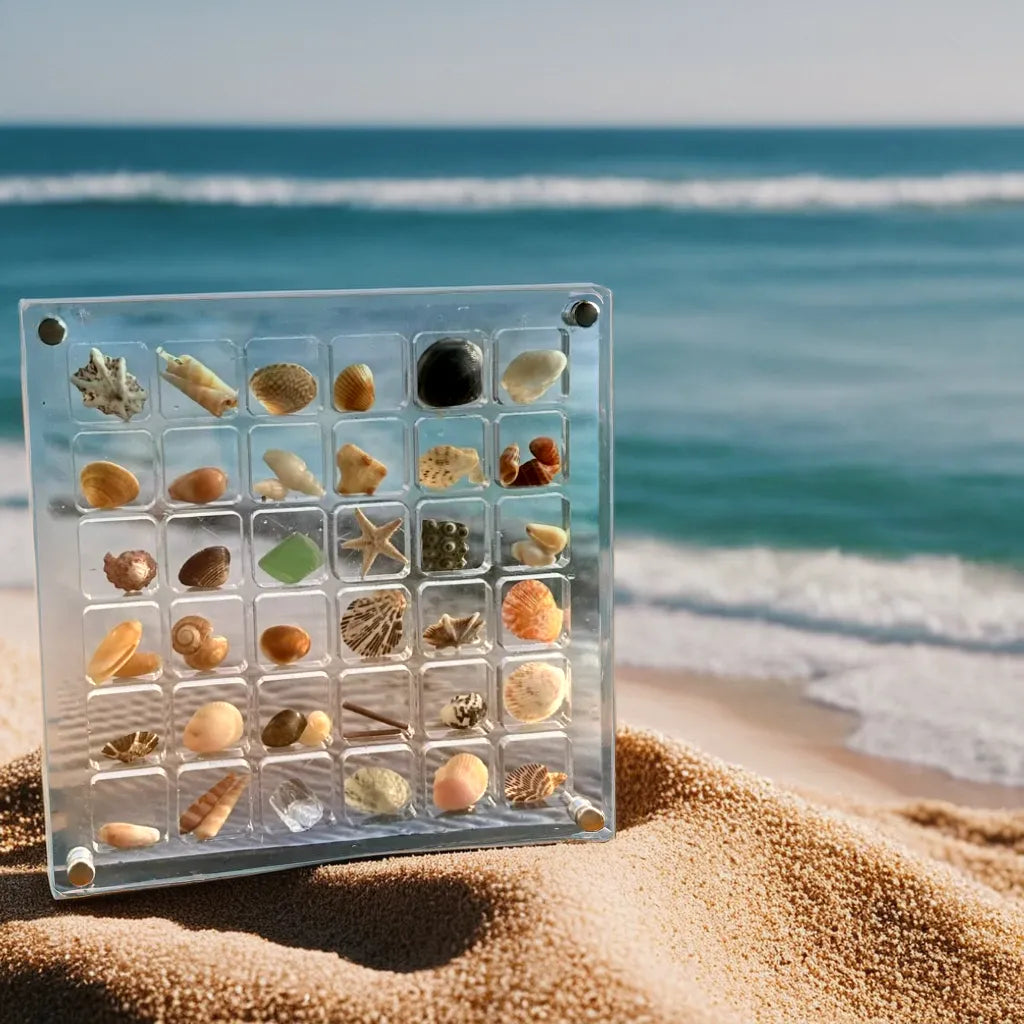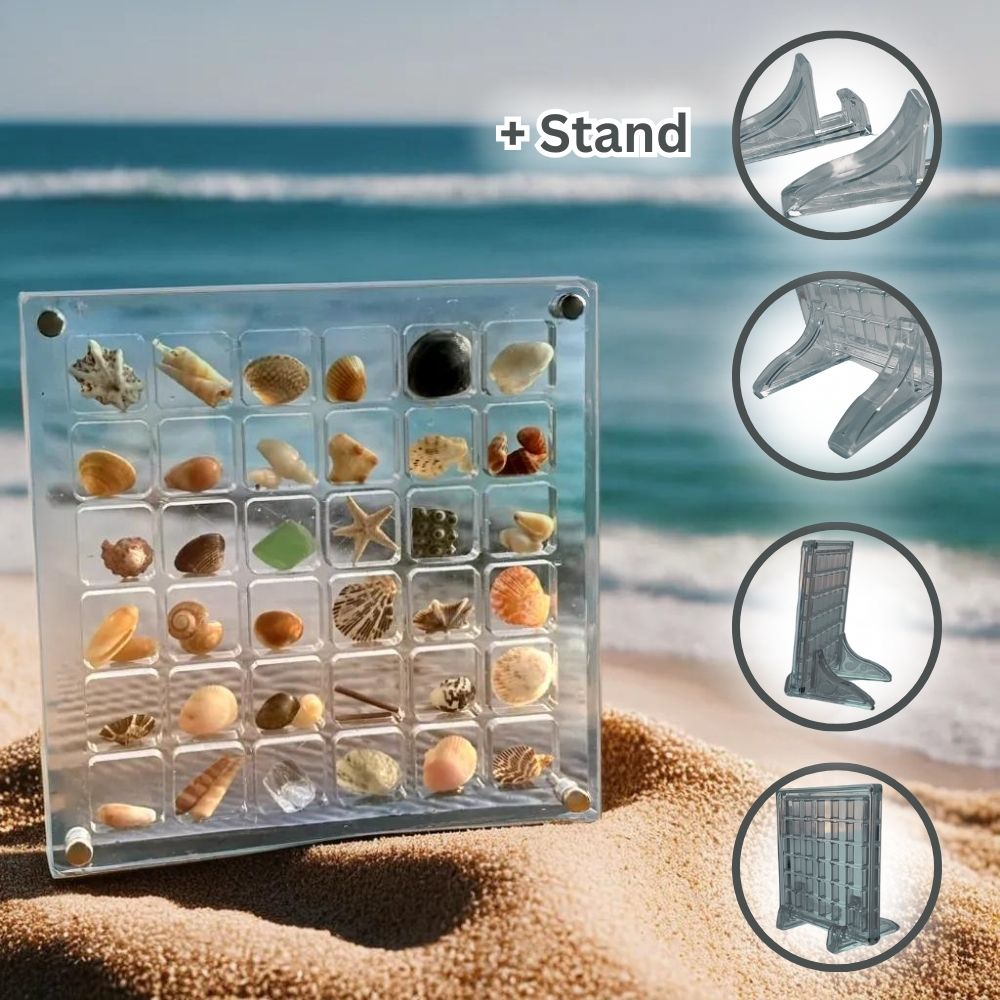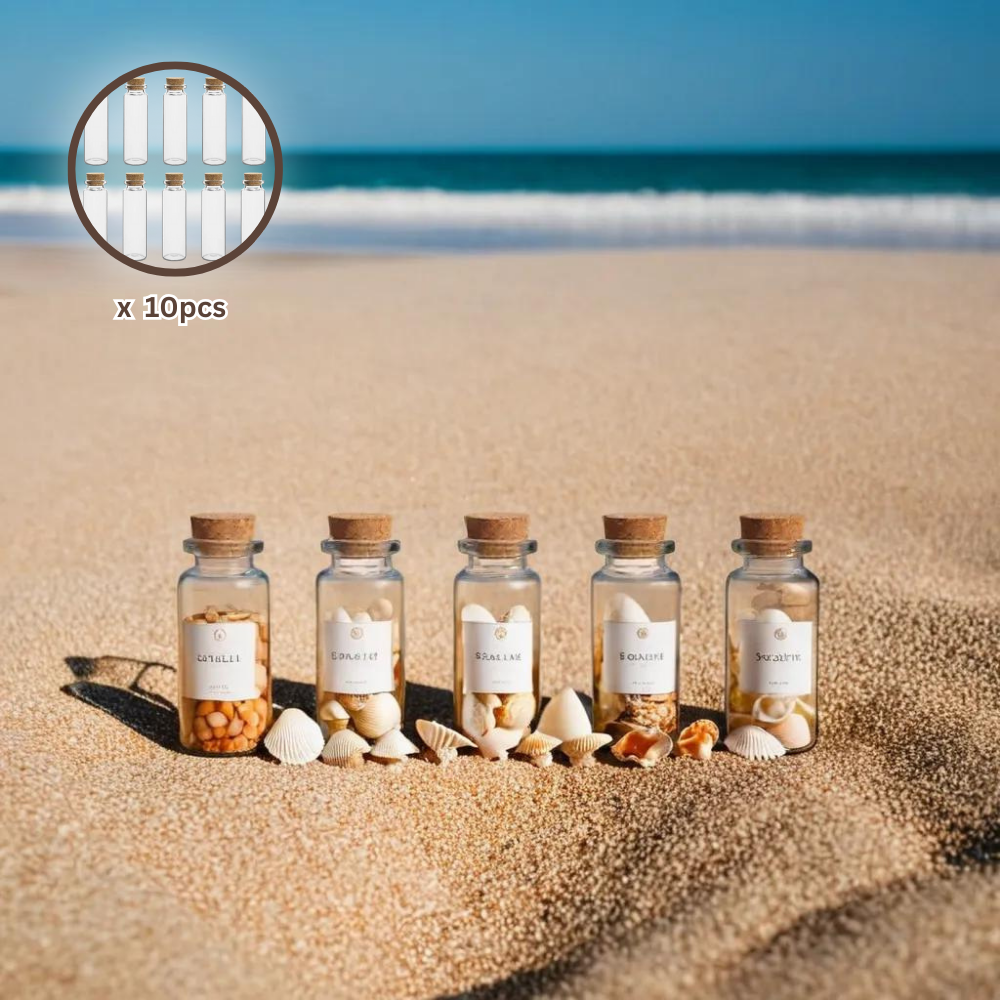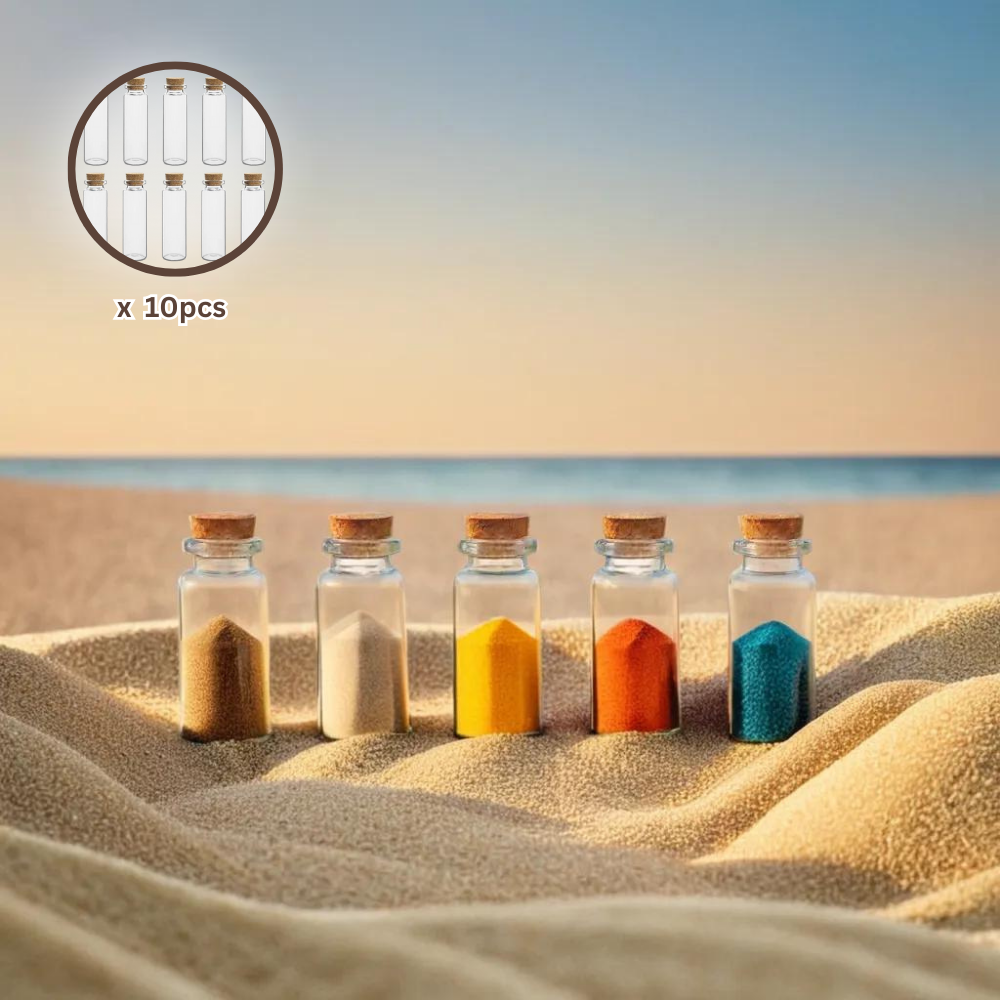
The Horned Murex, known scientifically as Bolinus cornutus, is a fascinating sea snail that thrives in the warm waters along the west coast of Africa.
This unique species not only captures the interest of marine enthusiasts but also plays a significant role in local economies and ecosystems. Recognized by its distinctive horn-like shell, the Horned Murex has become a subject of both admiration and utility.
These snails inhabit shallow waters, making them relatively easy to locate for those interested in marine life. Their presence is vital in maintaining the health of the ocean environment. Understanding their life cycle and role can provide insights into marine habitats and conservation efforts.
Crafting with Horned Murex shells is a notable practice in some cultures, highlighting the economic and artistic value of this species. The beauty of their shells has led to their use in jewelry and decoration, which fosters a greater appreciation for marine biodiversity.
Key Takeaways
- The Horned Murex is found primarily along the west coast of Africa.
- Its unique shells are valued for crafting and cultural significance.
- Understanding its role can help in marine conservation efforts.
Identification Guide
Horned Murex, known scientifically as
Bolinus cornutus, has unique features that make its identification straightforward. Several key traits define this species, setting it apart from others in its family. Observing these characteristics will help in proper identification.
How to Identify a Horned Murex (Bolinus cornutus)
To identify a Horned Murex, look for a distinctive shell. The shell is typically elongated and can measure between 70 mm to 210 mm in length. It features prominent spirals and distinctive horns or spines along its body. The color of the shell is usually a mix of white, brown, and purple, with patterns that can vary. Another identifying feature is the sharp, pointed shell structure that curves towards the apex. Observing these details is crucial for accurate identification in the field.
Characteristics
The Horned Murex exhibits several defining characteristics. Its shell is not only large but also heavily textured, with ridges and spiral grooves that add to its appearance. The body of the snail is a soft, grayish to brown color, providing some camouflage against predators. This species has a well-developed foot that it uses for movement on the ocean floor. They are known for their predatory behavior, often feeding on bivalves and other small marine animals. The reproductive method of
Bolinus cornutus is notable; they are a non-broadcast spawner, which influences their breeding habits and seasonal reproduction.
Comparison to Similar Species
When comparing
Bolinus cornutus to other similar species, several differences stand out. For example,
Murex brandaris has a more rounded shell and lacks the prominent horns found on the Horned Murex.
Hexaplex trunculus can also be mistaken for
Bolinus cornutus, but its shell shape is more conical and less elongated. Additionally,
Bolinus cornutus typically occupies slightly deeper waters compared to its relatives. These distinctions can help enthusiasts and researchers accurately identify the Horned Murex within its habitat.
Distribution & Habitat
Horned Murex, or Bolinus cornutus, is primarily found in specific marine environments. Its distribution centers around the west coast of Africa, thriving in shallow waters. This species is well adapted to the benthic zones where it can hunt for food.
Where to Find Horned Murex (Bolinus cornutus)
Save 48%


Bolinus cornutus prefers moderately shallow waters, typically from 10 to 50 meters deep. It can be found along the coastlines of various countries in West Africa, including Senegal and Ghana. The habitat consists mainly of rocky and sandy substrates where these snails can easily blend in and hunt prey.
Besides the Atlantic African coasts, it may also inhabit islands like the Canary Islands. This diverse range allows the Horned Murex to adapt to different ecological conditions while maintaining its predatory lifestyle. The species thrives in areas with ample food sources such as smaller mollusks and other marine organisms.
Cultural & Economic Importance
The Horned Murex, known scientifically as Bolinus cornutus, holds significant value in various cultural practices and economic activities. Its unique characteristics contribute to its demand in certain industries, while its legal status impacts its sustainability.
The Horned Murex (Bolinus cornutus) in Culture
Bolinus cornutus is traditionally used in some regions for producing purple dye. This dye, obtained from the snail's secretion, has historical significance dating back to ancient civilizations. The color was often reserved for royalty and the wealthy. Today, the dye is still valued in artisanal crafts and textiles.
In some cultures, the shells of the Horned Murex are used as decorative items and in jewelry making. Their unique spiny shapes and colors appeal to collectors and artisans alike. This also supports local economies by promoting traditional crafts and tourism.
Legal Status
Bolinus cornutus is subject to various regulations aimed at conserving marine biodiversity. Its harvesting is monitored by environmental agencies in many countries to ensure sustainable practices. Legal protections help prevent overfishing and habitat degradation.
Certain areas may have specific laws regarding the collection and trade of these snails. Compliance with these regulations is crucial for maintaining healthy populations. Awareness of legal status also informs collectors and businesses to support conservation efforts.
Horned Murex (Bolinus cornutus) Crafting
The Horned Murex, known scientifically as
Bolinus cornutus, is not just an interesting marine snail; it has practical crafting uses. Its shell's unique shape and texture make it suitable for various decorative arts and crafts.
Crafting Ideas:
-
Jewelry: The shells can be polished and transformed into pendants or earrings, providing a natural oceanic charm.
-
Decorative Items: Some people use the shells in home decor. They can be placed in bowls or used to make wall art.
-
Educational Displays: Schools and museums often use Horned Murex shells to educate about marine life and ecology.
Shell Characteristics for Crafting:
- The shells are large, spiny, and club-shaped, often in shades of pale brown and tan.
- Their unique appearance draws attention and adds an aesthetic value to crafted items.
Save 19%


- Proper cleaning is essential. Use warm soapy water to remove any debris, then rinse.
- Avoid harsh chemicals that could damage the shell's surface.
Crafting with
Bolinus cornutus allows for creativity while appreciating the beauty of nature. It provides an opportunity to engage with marine life in a hands-on way.
Frequently Asked Questions
This section addresses common inquiries about the Horned Murex (Bolinus cornutus). Readers will find information regarding its role in producing Tyrian purple, shell pricing, safety concerns, reproductive methods, and habitat.
How does the Horned Murex contribute to the production of Tyrian purple?
The Horned Murex is known for its role in creating Tyrian purple, a historical dye. Ancient civilizations harvested the snail's mucus, which contains a pigment that, when exposed to sunlight, develops into a rich purple color. This dye was highly valued in ancient trade.
What is the average price range for a Horned Murex shell?
The price of a Horned Murex shell can vary based on size and condition. Typically, shells can range from $10 to $100. Rare or larger specimens may command higher prices in the market.
Can handling Horned Murex shells be dangerous or are they poisonous?
Handling Horned Murex shells is generally safe. They do not possess venom or toxicity that affects humans. However, as with all shells, sharp edges may cause cuts, so caution is advised.
What differentiates Bolinus cornutus from Bolinus brandaris?
Bolinus cornutus and Bolinus brandaris can be differentiated by their shell shapes and size. The Horned Murex has a spiny, club-shaped shell, while Bolinus brandaris tends to have a more elongated, less spiny appearance. Color patterns and geographic distribution also vary between the two species.
How do Horned Murex snails reproduce?
Horned Murex snails reproduce through sexual reproduction. They lay eggs in clusters rather than in a free-floating manner. The larvae do not go through a trocophore stage, meaning their development is quite direct.
What is the habitat and geographical range of the Horned Murex?
The Horned Murex is typically found along the west coast of Africa, thriving in moderately shallow waters. Its habitat includes sandy and rocky substrates where it can hunt for prey. The species may also be located in various marine environments across its range.
 The Horned Murex, known scientifically as Bolinus cornutus, is a fascinating sea snail that thrives in the warm waters along the west coast of Africa. This unique species not only captures the interest of marine enthusiasts but also plays a significant role in local economies and ecosystems. Recognized by its distinctive horn-like shell, the Horned Murex has become a subject of both admiration and utility.
These snails inhabit shallow waters, making them relatively easy to locate for those interested in marine life. Their presence is vital in maintaining the health of the ocean environment. Understanding their life cycle and role can provide insights into marine habitats and conservation efforts.
Crafting with Horned Murex shells is a notable practice in some cultures, highlighting the economic and artistic value of this species. The beauty of their shells has led to their use in jewelry and decoration, which fosters a greater appreciation for marine biodiversity.
The Horned Murex, known scientifically as Bolinus cornutus, is a fascinating sea snail that thrives in the warm waters along the west coast of Africa. This unique species not only captures the interest of marine enthusiasts but also plays a significant role in local economies and ecosystems. Recognized by its distinctive horn-like shell, the Horned Murex has become a subject of both admiration and utility.
These snails inhabit shallow waters, making them relatively easy to locate for those interested in marine life. Their presence is vital in maintaining the health of the ocean environment. Understanding their life cycle and role can provide insights into marine habitats and conservation efforts.
Crafting with Horned Murex shells is a notable practice in some cultures, highlighting the economic and artistic value of this species. The beauty of their shells has led to their use in jewelry and decoration, which fosters a greater appreciation for marine biodiversity.





















